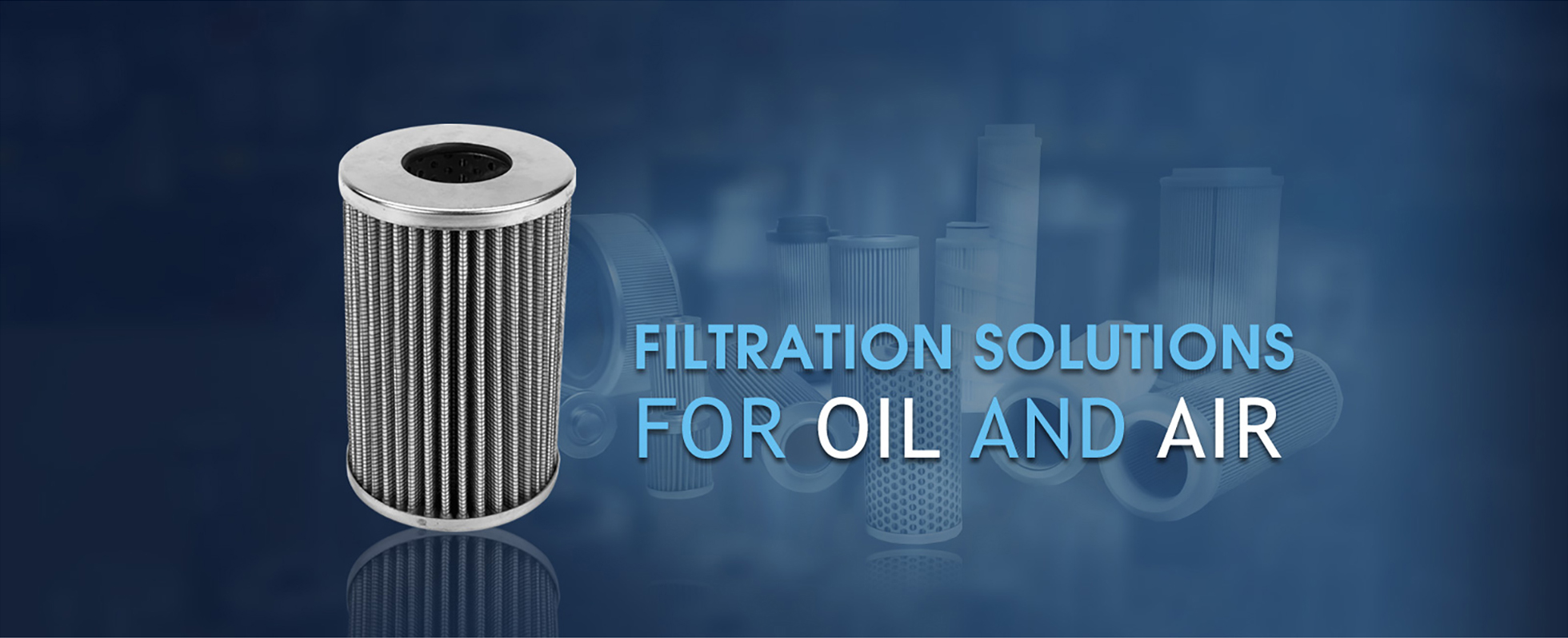
des . 12, 2024 13:41 Back to list
Specifications and Guidelines for Tapered Roller Bearing Design and Usage
Taper Roller Bearing Specification A Comprehensive Overview
Taper roller bearings are essential components in various mechanical applications, commonly used to support axial and radial loads. Their design allows for efficient load handling, making them favorable in sectors such as automotive, aerospace, and industrial machinery. This article delves into the specifications of taper roller bearings, offering insights into their structure, materials, dimensions, and application suitability.
Understanding Taper Roller Bearings
Taper roller bearings consist of an inner ring (cone) and an outer ring (cup) with tapered rollers in between. The tapered shape of the rollers enables the bearings to handle thrust loads in one direction while also supporting radial loads. The alignment of the rollers allows for distributed contact, minimizing wear and enhancing the bearing's lifespan.
Key Specifications
1. Load Ratings The load rating of taper roller bearings provides insight into their capacity to handle loads. It is crucial to distinguish between dynamic load rating (C) and static load rating (C0). The dynamic load rating indicates the load at which the bearing can operate without significant wear over time, while the static load rating reflects the maximum load a stationary bearing can support without permanent deformation.
2. Dimensions Taper roller bearings are categorized based on their dimensions, which include - Outer Diameter (D) The overall diameter of the outer ring. - Inner Diameter (d) The overall diameter of the inner ring. - Width (B) The radial width of the bearing.
Standardized dimensions are available in various series, such as ISO, JIS, or ANSI specifications. It is essential to select dimensions that align with the application requirements for proper fit and performance.
taper roller bearing specification

3. Materials The materials used in taper roller bearings significantly impact their performance and durability. Typically, high-carbon chromium steel is utilized due to its excellent wear resistance and strength. In specialized applications, such as high-temperature environments or corrosive conditions, bearings may utilize stainless steel or ceramic materials to withstand unique challenges.
4. Precision and Tolerance The precision of taper roller bearings is categorized into classes such as P0, P6, P5, and P4, with P0 being the standard and P4 being the highest precision class. Tolerances ensure that bearings fit accurately within their housing, maintaining operational efficiency.
5. Seal Options Taper roller bearings can be designed with various sealing options to protect against contaminants. Common seals include rubber lips, labyrinth seals, and metallic shields. The choice of seal depends on the operating environment and the need for lubrication retention.
6. Lubrication Proper lubrication is vital for the performance of taper roller bearings. Bearings can be pre-lubricated or designed for continuous lubrication depending on the application. The choice of lubricant, whether grease or oil, depends on factors such as temperature, load, and environmental conditions.
Applications of Taper Roller Bearings
Taper roller bearings find extensive use across multiple industries. In the automotive sector, they are commonly found in wheel hubs, transmission systems, and differentials, where they facilitate smooth rotation and load support. In industrial machinery, taper roller bearings are utilized in gearboxes, conveyors, and heavy equipment, ensuring durability under substantial loads.
Conclusion
Understanding the specifications of taper roller bearings is crucial for selecting the right components for any mechanical application. Their ability to support both radial and axial loads efficiently, combined with their versatile design and material composition, makes them indispensable in modern engineering. Proper consideration of their load ratings, dimensions, lubrication needs, and precision ensures optimal performance and longevity in various applications. Whether in a high-performance automotive system or a robust industrial machine, taper roller bearings play a vital role in ensuring reliability and efficiency.
Latest news
-
Spherical Roller Bearings Applications: Heavy Duty, Self-Aligning
NewsAug.30,2025
-
Premium Deep Groove Ball Bearings | High Speed & Reliability
NewsAug.29,2025
-
Durable Scaffolding Clamps - Secure & Reliable Tube Connectors
NewsAug.28,2025
-
Common Failures in Thrust Ball Bearings and Solutions
NewsAug.22,2025
-
How Tapered Roller Bearings Can Take Shock Loads
NewsAug.22,2025
-
Angular Bearings in High-Precision Spindles
NewsAug.22,2025
